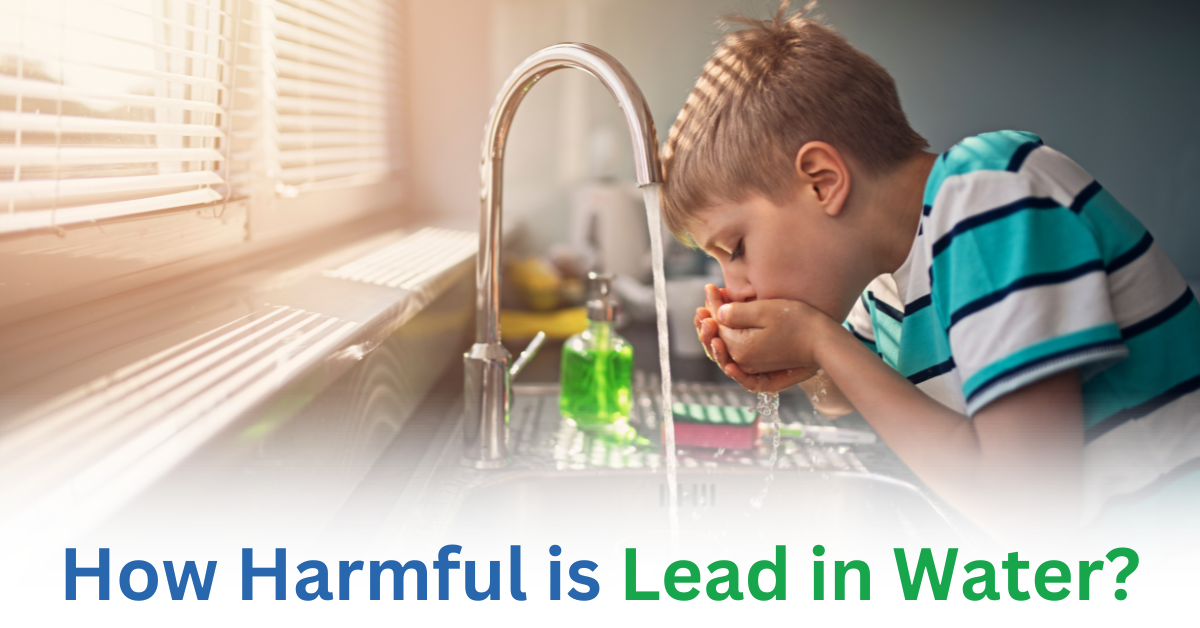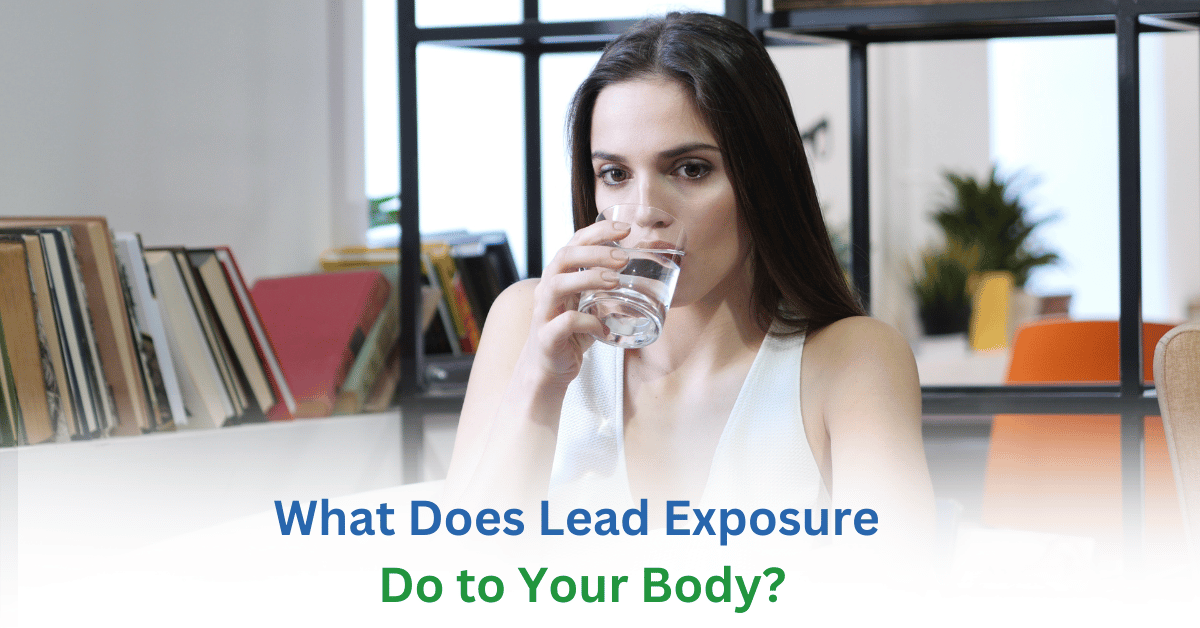How Much Lead is Toxic? Exploring the Dangers with Swift Green Filters
Posted by Swift Green Filters on

What is Lead Toxicity?
Lead toxicity is the damaging effects that happen when the body gets too much of the heavy metal lead, which is toxic. Lead can get into the body by being eaten, breathed in, or absorbed through the skin. It can build up in systems like the brain, bones, and kidneys. It offers serious health risks, especially to children, women who are pregnant, and unborn babies who are still growing. Short-term exposure can cause stomach pain and headaches, while long-term exposure can cause learning disabilities, behavioral problems, and a decrease in the brain's ability to work. Swift Green Filters has effective ways to filter water to get rid of lead and protect against lead poisoning, so everyone can drink clean, safe water.
What are the Normal Levels of Lead in Water?
The Environmental Protection Agency makes all the choices that need to be made about water supply and municipal corporations. Its job is to figure out the highest amount of contaminants that can be in drinking water without hurting people's health. After a lot of study, scientists have found that lead is a toxic metal that is very bad for people. So, the EPA has decided that there shouldn't be any lead in the water at all. But even a small bit of lead can have a big effect on human health. It has a big effect on babies, fetuses, and young children, more so than on adults.

The Effects of Lead Poisoning on Health
Lead toxicity can hurt your health in a lot of different ways, especially if you're exposed to it for a long time. The effects can be different based on how much lead is in the body and how long it has been there. Some of the most serious effects of lead toxicity on health are:
Effects on the nervous system: Lead is neurotoxic, which means it can hurt the way the brain works and how it grows, especially in young children. It can cause problems with learning, a lower IQ, trouble paying attention, and bad behavior.
Developmental Delays: If a child is exposed to lead during a crucial time in their growth, it could slow their physical and mental growth. This could cause health and school problems in the long run.
Damage to the kidneys: Lead can build up in the kidneys and cause them to stop working or fail, which can lead to a number of health problems.
Reproductive Problems: Both men and women can have trouble getting pregnant if they are exposed to lead. Lead can cross the placental barrier in pregnant women, which could hurt the growing baby.
Anemia: Lead stops the body from making hemoglobin, the protein that carries oxygen in the blood. This causes anemia, or a low number of red blood cells.
Problems with the stomach and intestines: Acute lead poisoning can cause stomach pain, vomiting, and diarrhea.
Immune System Problems: Lead poisoning can weaken the immune system, making people more likely to get infections and other illnesses.
Increased Risk of Cancer: Some studies have found a possible link between lead exposure and an increased risk of certain cancers, but more research is needed to prove a straight cause-and-effect link.
Sources of Lead Contamination
There are many natural and man-made things that can cause lead pollution. Some of the main ways that lead gets into the environment are:
Infrastructure that is getting old: As lead pipes, solder, and fixtures in older houses and buildings corrode, they can release lead into the water supply.
Lead-Based Paint: Lead-based paint may have been used to paint homes made before 1978. When this paint breaks down, it can make lead dust or chips that can get into the dirt and house dust. This is dangerous, especially for small children who may put their hands in their mouths and eat the dust.
Industrial Processes: Mining, smelting, and making batteries are all industrial processes that can release lead particles into the air and dirt, which could contaminate nearby water sources.
Promoting Water Safety and Lead-Free Living
Raising knowledge about how harmful lead is and how it affects health is important if you want to push for preventive steps. Communities can help repair lead pipes and improve facilities to reduce the amount of lead people are exposed to. Making sure everyone has access to clean water is a key part of trying to live without lead.
Conclusion
The toxicity of lead can cause major health problems, especially for children and women who are pregnant. Understanding the risks of lead poisoning is important for protecting public health. Swift Green Filters are an effective and eco-friendly way to fight lead pollution and give people safe, clean drinking water. By supporting water safety and using filter systems, people can take steps toward a life without lead and protect their health and the health of their communities.
Shop By Category
Swift Green Filters offers wide variety of filtration product

This product is a compatible Replacement Water Filter.
This filter is not sourced by or sponsored by the above mentioned brands. Swift does not represent any of the above brands.
All Mentioned Brands names and part numbers have been used for reference purposes only. Swift Green Filters is an independent brand.
Swift is not responsible for damage caused by installation or equipment errors. Max liability is two times of the cost of product

We Have
Awesome Discounts
Subscribe to our newsletter to get discounts.










